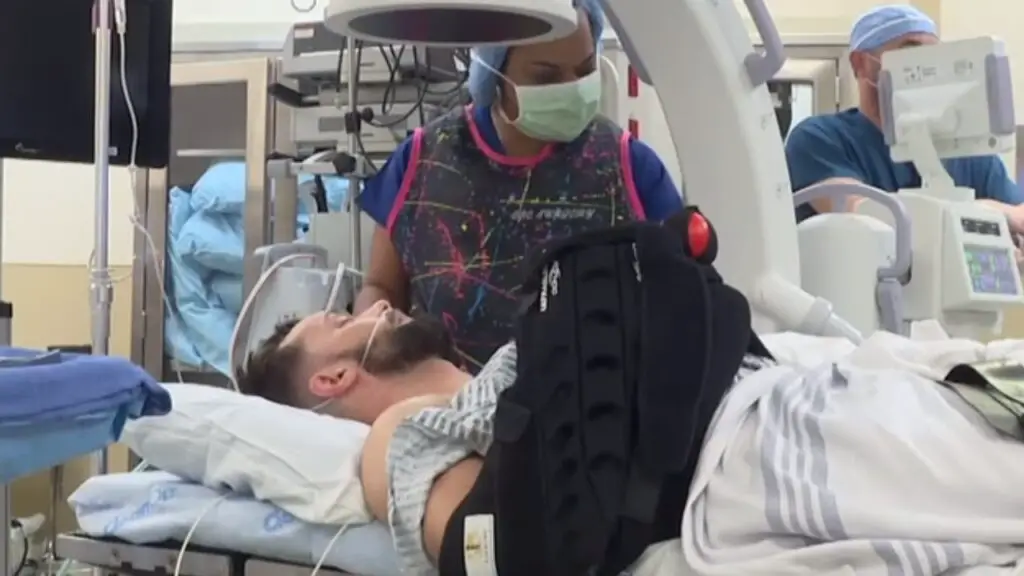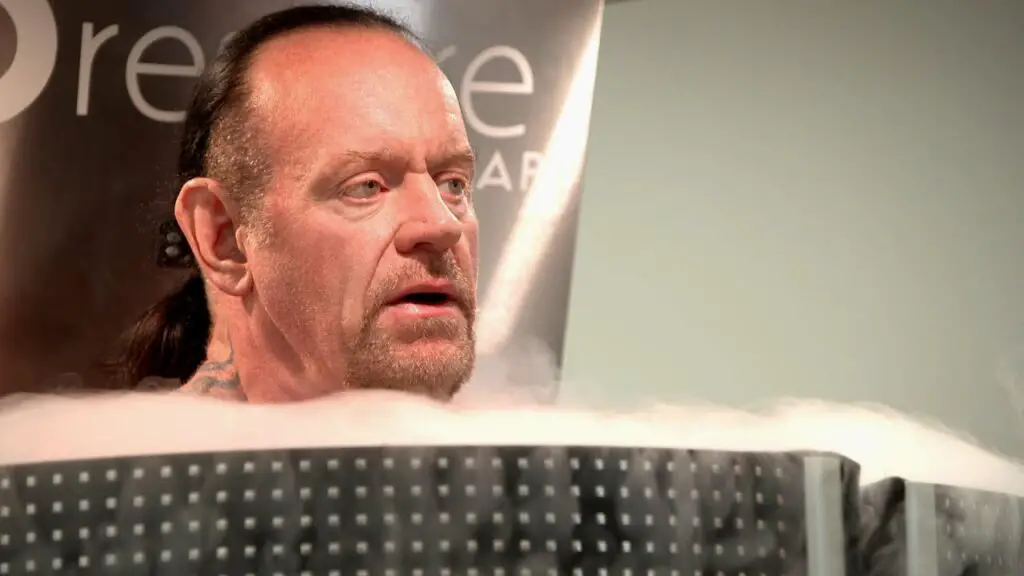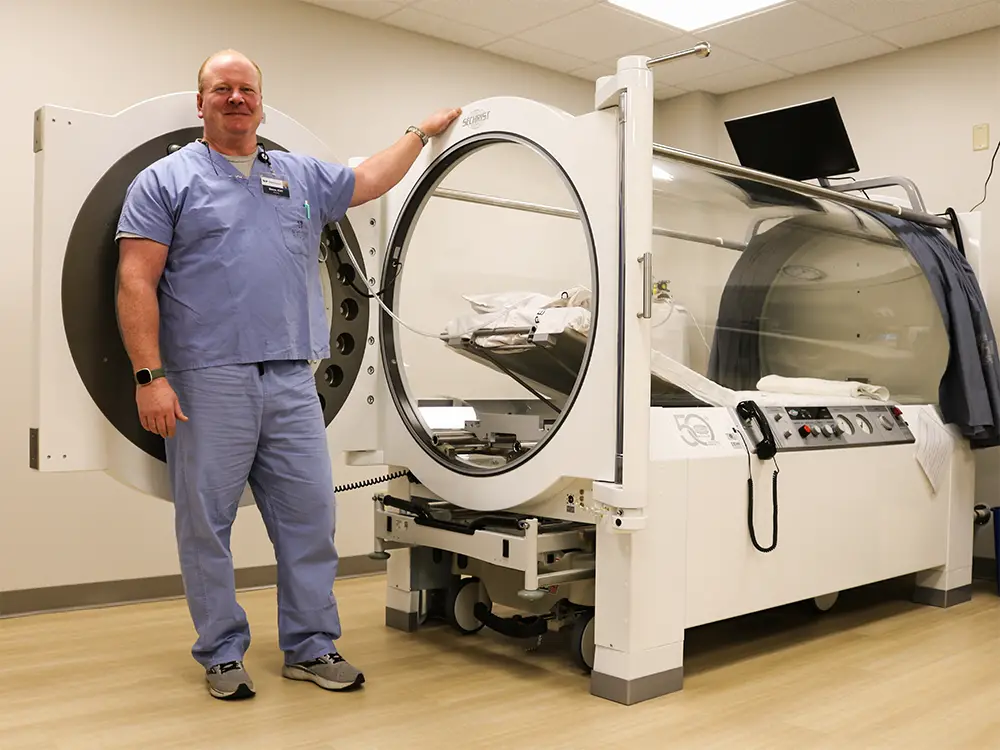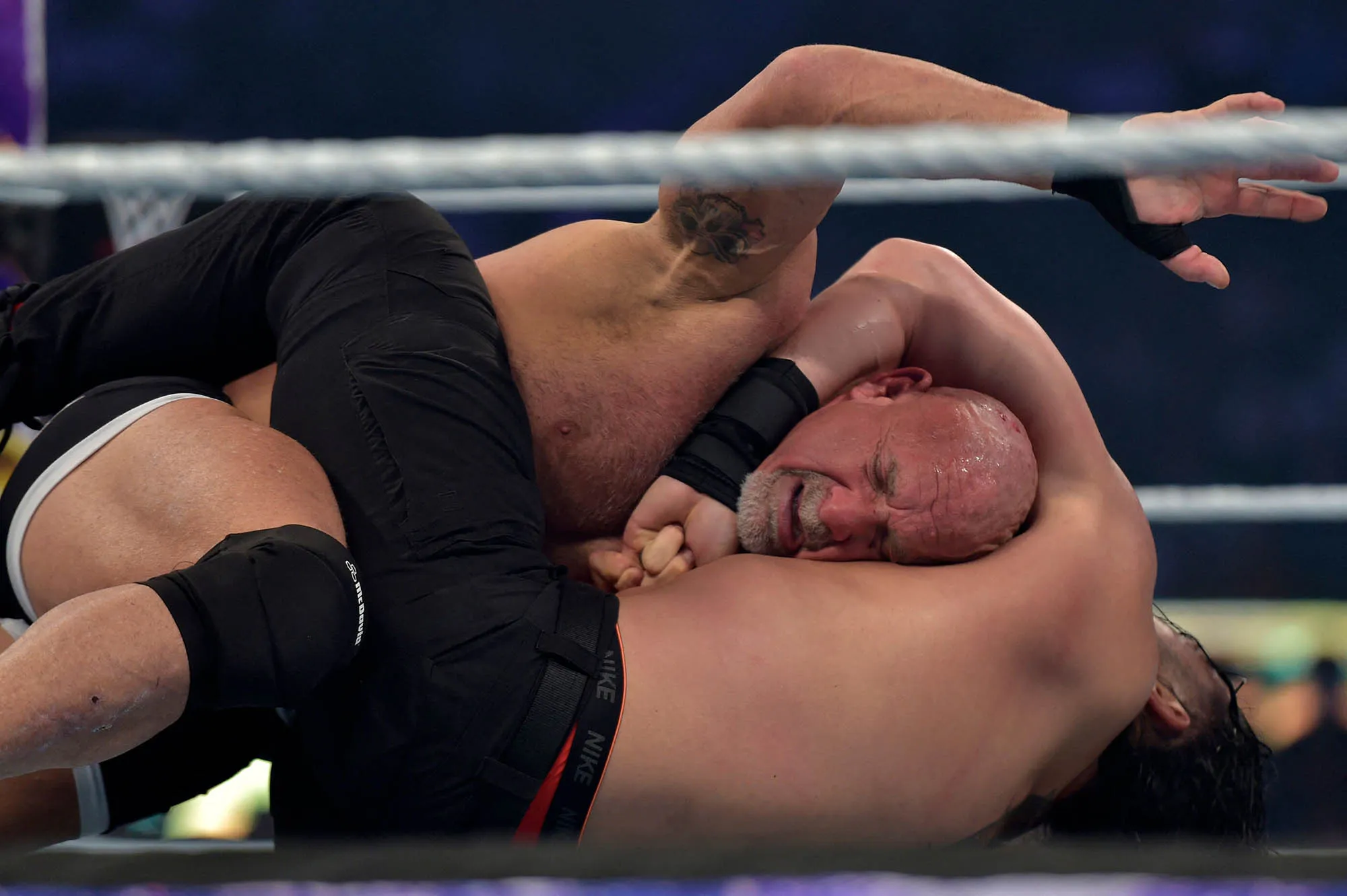WWE Superstars push their bodies to the limit every time they step into the ring.
High-flying maneuvers, intense grapples, and unexpected stunts often lead to serious injuries. Indeed, the spectacle entertains millions, but the physical toll on performers? It’s immense!
How do WWE stars bounce back after enduring those injuries? Legt’s figure out…
1. Immediate Medical Attention and Injury Assessment
When a wrestler gets injured, quick medical intervention is critical.
WWE employs licensed physicians and trainers who immediately assess injuries during live events. Superstars receive on-site care to stabilize the affected area so that no further damage occurs.
*Quick assessments prevent minor injuries from escalating into career-threatening issues. Proper initial care often shortens the overall recovery timeline.
2. Advanced Imaging and Diagnostics

Following initial evaluation, injured wrestlers undergo detailed diagnostic procedures like MRIs, X-rays, or CT scans.
These tests provide a clear picture of the damage, guiding treatment plans. WWE collaborates with top sports medicine professionals to ensure accurate diagnoses.
*Precise diagnostics identify underlying issues that may not be immediately visible, ensuring effective and targeted recovery strategies.
3. Surgical Interventions for Severe Cases
When injuries require surgery, WWE Superstars have access to leading orthopedic surgeons and specialists. Procedures range from reconstructing torn ligaments to repairing fractures. Wrestlers like Triple H, who underwent surgery for a torn pectoral muscle, exemplify the resilience demanded by such recoveries.
*Rehabilitation begins immediately after surgery – the stars practice gentle mobility exercises. This is crucial to prevent stiffness and improve circulation.
4. Customized Physical Therapy Plans
Physical therapy forms the backbone of most injury recovery journeys. Wrestlers work closely with physical therapists to restore strength, flexibility, and range of motion. Each therapy program is tailored to the wrestler’s injury and physical needs.
*Personalized programs target specific areas, ensuring efficient recovery without compromising other parts of the body. Controlled progression prevents re-injury.
5. Cryotherapy and Cold Therapy

Cold therapy techniques, including cryotherapy chambers and ice baths, are widely used by WWE Superstars. These methods reduce inflammation, alleviate pain, and speed up healing after both acute injuries and chronic wear and tear.*
*Cold exposure decreases blood flow to injured areas. This helps reduce swelling and provides immediate pain relief. Enhanced recovery times allow wrestlers to return sooner.
6. Hydrotherapy for Mobility Restoration

Hydrotherapy is another common method used by WWE stars during rehabilitation.
Pools with controlled resistance and buoyancy enable wrestlers to perform low-impact exercises. Injured muscles and joints gain strength without bearing full body weight.
*Water reduces stress on injured areas, improving mobility and endurance while minimizing the risk of aggravating injuries.
7. Regenerative Medicine Techniques
Modern advances in regenerative medicine are revolutionizing injury recovery in professional wrestling.
WWE stars often undergo platelet-rich plasma (PRP) therapy or stem cell treatments. These methods use the body’s natural healing mechanisms to repair damaged tissues.
*Regenerative therapies accelerate healing and reduce downtime. Wrestlers benefit from quicker recovery and fewer long-term complications.
8. Strength Training Post-Injury
Strength training is gradually reintroduced during recovery to rebuild lost muscle mass and improve functional fitness. Superstars like John Cena often credit their rapid returns to a disciplined focus on strength-building exercises.
*Trainers closely monitor progress and then adjust weights and intensity based on the wrestler’s healing stage. Proper form and gradual increases are prioritized.
9. Nutritional Strategies for Healing
WWE stars follow strict diets tailored to their recovery needs. Protein-rich meals help repair damaged tissues, while antioxidant-packed foods reduce inflammation. Wrestlers also include supplements like omega-3 fatty acids, zinc, and vitamin C to support healing.
*Food acts as fuel for recovery. A well-balanced diet accelerates healing and improves overall resilience.
10. Mental Resilience and Psychological Support

Recovering from severe injuries is as much a mental challenge as a physical one. WWE provides access to mental health professionals who help stars manage stress, frustration, and fear of reinjury. Meditation and visualization techniques are also widely practiced.
*A strong mindset improves determination and focus, and these traits are crucial for enduring the recovery rigors.
11. Progressive Return to Training
Returning to the ring requires a careful balance of enthusiasm and caution.
WWE stars begin with light conditioning and non-contact drills before transitioning to full-speed training. Trainers and medical staff monitor every step to ensure safety.
*Gradual progression helps wrestlers regain confidence while minimizing the risk of re-injury. Every milestone is a step closer to full recovery.
12. Injury Prevention During Recovery
Preventing secondary injuries is critical during recovery. Wrestlers adopt protective measures like braces, kinesiology tape, and compression garments. These tools support vulnerable areas while allowing partial mobility.
*Injury recurrence can prolong downtime significantly. Protective measures reduce unnecessary strain and help wrestlers safely re-enter competition.
13. Hyperbaric Oxygen Therapy

Hyperbaric oxygen chambers are another tool in the WWE recovery arsenal. These chambers provide oxygen-rich environments that promote cellular repair and reduce swelling.
*Increased oxygen levels enhance blood flow and accelerate tissue healing, particularly for soft tissue injuries.
14. Regular Check-Ups for Monitoring Progress
Even after returning to action, WWE stars undergo routine check-ups to ensure their recovery stays on track. Medical staff evaluate progress and make adjustments to training or therapy regimens as needed.
*Consistent monitoring helps wrestlers catch potential complications early, ensuring sustained performance without setbacks.
The Role of WWE’s Medical Team
WWE invests heavily in its medical infrastructure. The company employs a dedicated team of physicians, trainers, and physiotherapists who travel with wrestlers. Their role extends beyond injury treatment to proactive health management, reducing downtime and ensuring athletes’ long-term well-being.
Wrestlers Who Exemplify Resilient Recoveries
- Triple H: Recovered from multiple injuries, including torn quadriceps, through disciplined rehabilitation and relentless strength training.
- Edge: Returned from a career-threatening neck injury after years of therapy, surgery, and perseverance.
- Becky Lynch: Bounced back stronger after suffering a separated shoulder, thanks to advanced therapy techniques and mental fortitude.
The Importance of Discipline and Support
Recovering from WWE-caliber injuries demands a combination of expert care and personal dedication. Wrestlers maintain strict routines, adhere to therapy schedules, and rely on the unwavering support of WWE’s medical and training teams.
Why Recovery Sets WWE Stars Apart
Unlike athletes in other sports, WWE wrestlers face unique recovery challenges due to their physically demanding performances. The high-stakes nature of their profession requires them to recover faster while maintaining peak physical and mental readiness. Their ability to balance these demands underscores the incredible resilience that defines their careers.
Closing Thoughts
The extreme measures WWE Superstars take to recover from injuries demonstrate their unparalleled commitment to their craft. From cutting-edge therapies to unwavering mental toughness, their recovery journeys highlight a level of discipline few can match. Their stories serve as a reminder that behind the spectacle lies an extraordinary dedication to overcoming adversity and returning stronger than ever.






